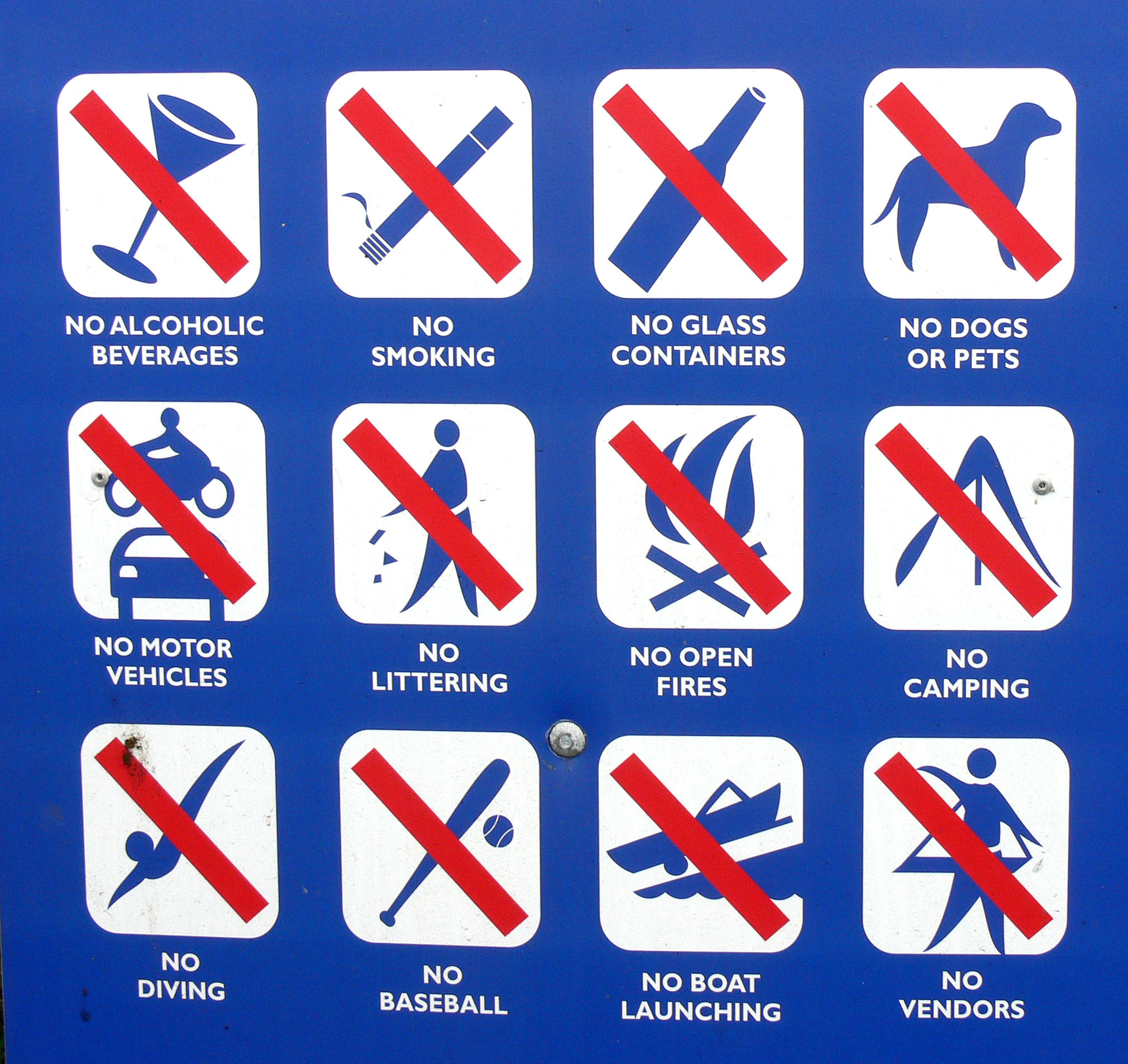27 5.3 Trends and Issues
As shown throughout this chapter, recreation and adventure tourism play predominant roles in the tourism and hospitality industry in BC. However, there are challenges that impact the viability of this sector, as well as barriers that limit the growth. These topics are discussed briefly here.
Land and Water Use
Outdoor recreation and adventure tourism operators rely heavily on intact pristine environments and healthy ecosystems. The ‘use’ of British Columbia’s vast wilderness and access to these wilderness areas for tourism operators is an ongoing challenge. Some zones across the province are set aside for recreation, such as provincial and national parks. However, when it comes to conducting commercial operations in these same places, gaining access often involves an extensive permitting process that may impose restrictions on the type of activity, how the activity is carried out and the number of visitors allowed.
In addition, parks are generally limited to non-motorized activities, thus presenting barriers for tourism operators that seek to offer mechanized recreation. Operators using Crown land for commercial activities also require authorization from the provincial government; in some instances, priority may be given to resource extraction or development rather than outdoor operators. The permitting process can be onerous and time consuming, which for small operators, may be a barrier to growth (Wilderness Tourism Association, 2005).
Environmental issues are discussed in detail in Chapter 10.
Environmental Impacts

Environmental impacts from climate change, deforestation, and resource extraction all have significant potential to affect this sector of the tourism economy. On a local scale, competition with resource extraction for wilderness areas is a vital issue; without reliable access to pristine wilderness, many operators are facing threats to their sustainability (Wilderness Tourism Association, 2005). Indeed, conflicts with the oil and gas industry, forestry, and mining are constant management challenges for wilderness tourism operators. On a global scale, climate change threatens tourism in BC in many ways, including irregular and insufficient snowfall for winter operations, the pine beetle epidemic sweeping through the province’s forests, and climate-related stress impacting prime wildlife viewing of species such as whales and bears. Environmental issues are discussed in detail in Chapter 10.
Risk Management
Concerns over risk management and litigation are ongoing for any operator that offers activities with an element of risk, which is common in recreation and adventure tourism. When lawsuits in adventure tourism occur, they are often extensively publicized by the media, creating a perception of risky, dangerous, and irresponsible adventure operators. This can negatively affect the sector through rising insurance rates, increasing governmental regulation, challenging certification requirements, and permitting difficulties when interfacing with land management agencies.
With the popularity of backcountry skiing, snowboarding, snowmobiling, snowshoeing, and other winter sports on the rise in BC, the number of participants accessing backcountry areas is increasing (Mitsui, 2013). This is becoming a concern for long-time backcountry enthusiasts as well as safety monitors. As winter and summer backcountry equipment becomes more readily accessible, people are able to equip themselves without having received advanced safety training.
The increase of backcountry users will continue to expose users to possible dangerous situations. The best scenario is to ensure users receive proper training and education before they venture into the backcountry areas.
Other elements of risk and liability are discussed further in Chapter 11.
Long Descriptions
Figure 5.6 long description: Sign with pictograms with red slashes through them, banning various recreational activities. This sign proclaims:
- No alcoholic beverages
- No smoking
- No glass containers
- No dogs or pets
- No motor vehicles
- No littering
- No open fires
- No camping
- No diving
- No baseball
- No boat launching
- No vendors

